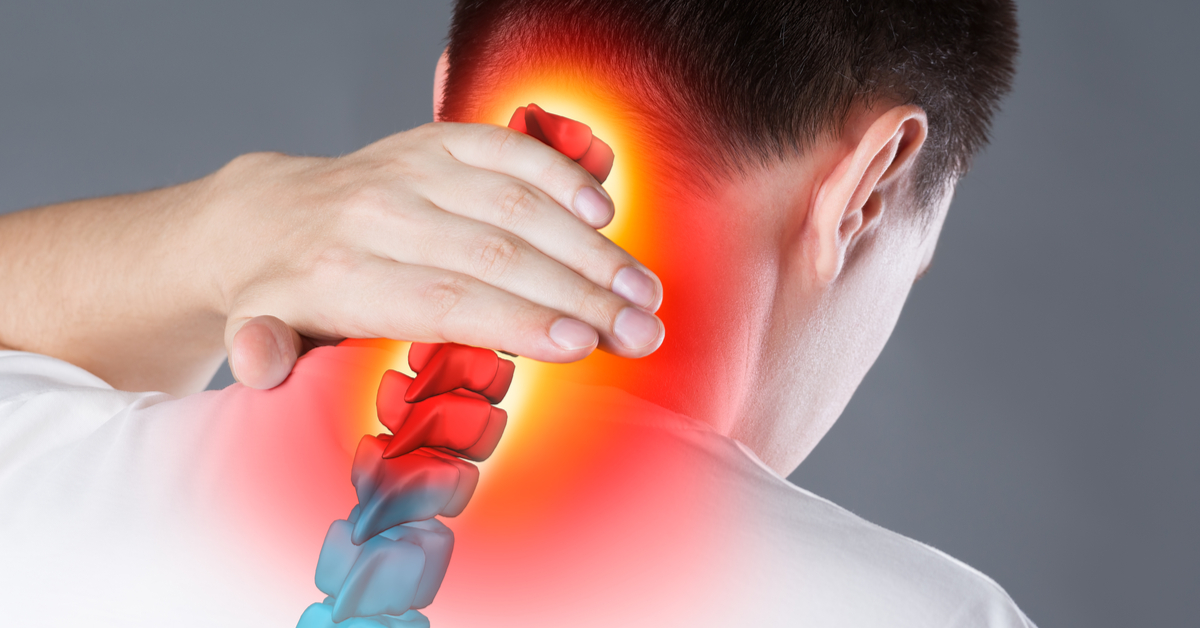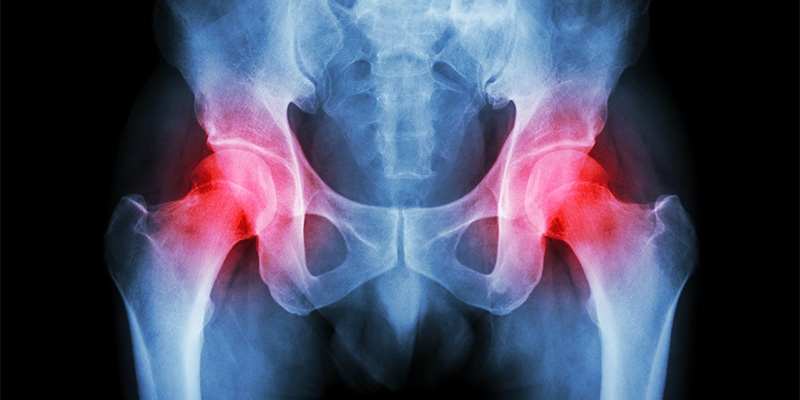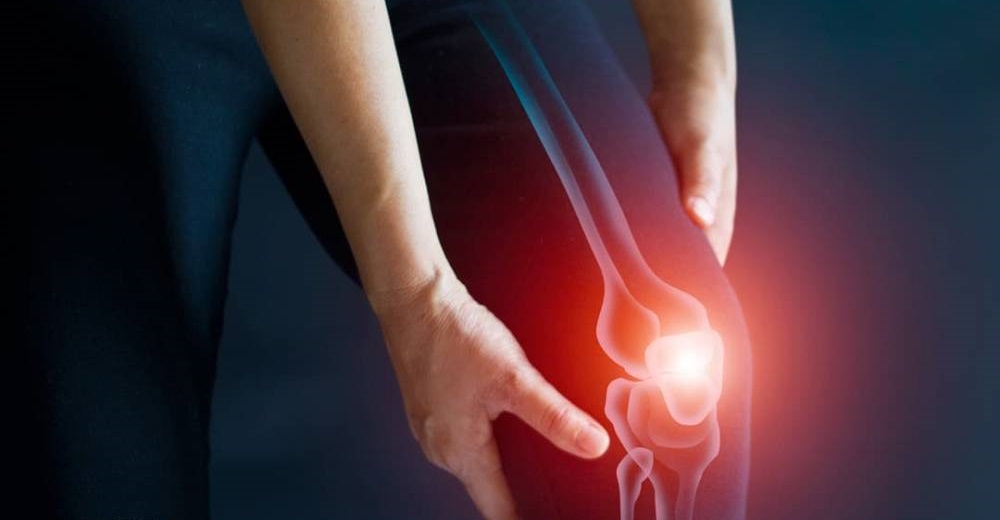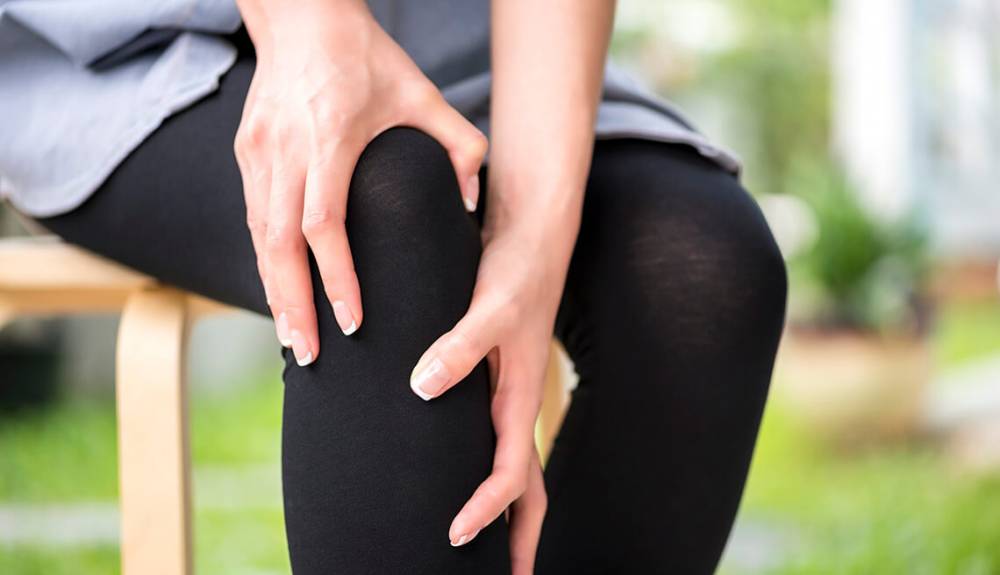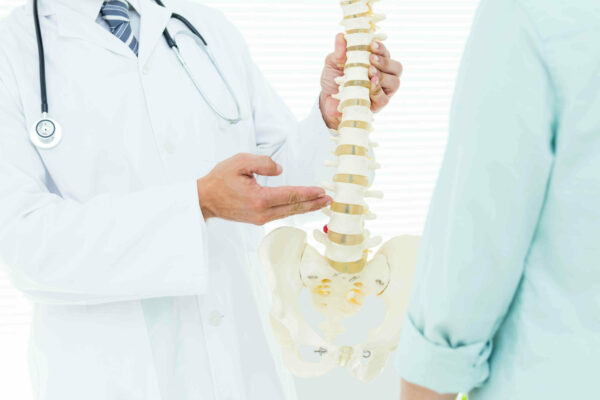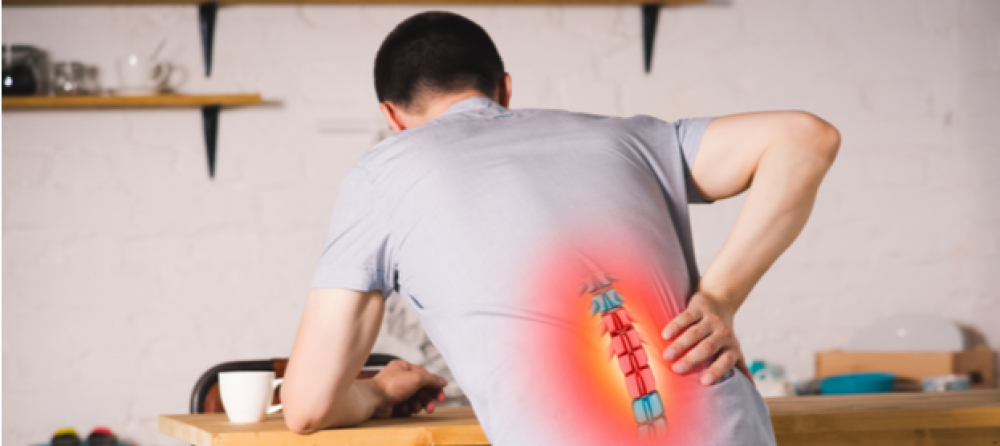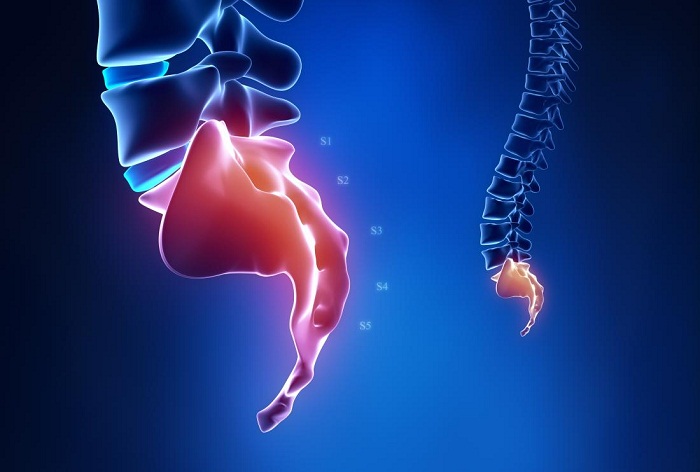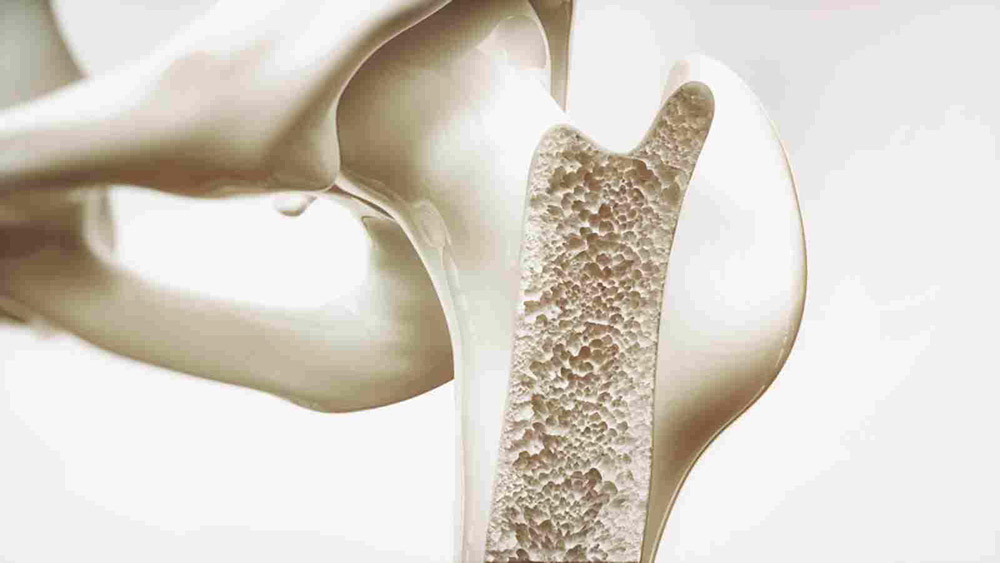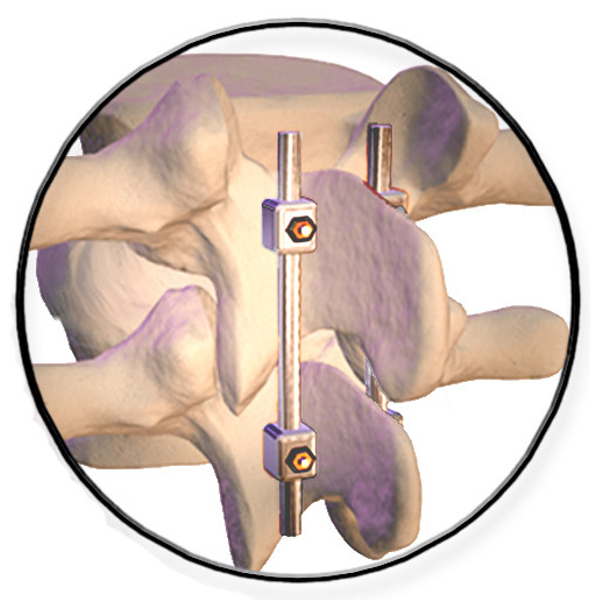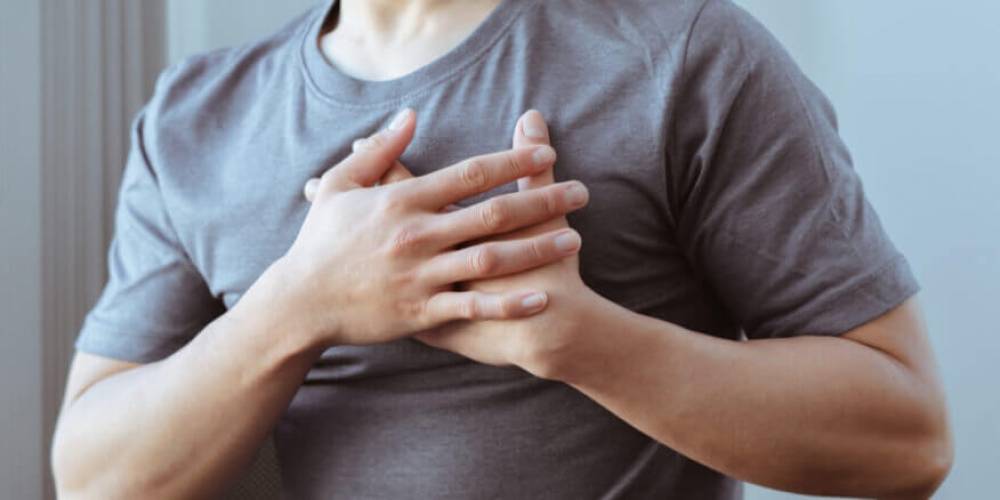What are the symptoms of bone stiffness?
In the following article, you will find some detailed information about joint stiffness, its symptoms, and its causes.
What are the symptoms of bone stiffness?
Bone stiffness is a difficulty in movement accompanied by a feeling of pain and a limitation of a person’s ability to carry out his normal activities, including walking, writing, or changing between standing and sitting, and it may increase due to infection or exposure to fractures and bone deformities in its late stages.
Mostly, stiffness of the bones occurs in the elderly as a result of aging, which causes inconvenience to the loss of control of the joints and bones, and therefore the person feels severe pain due to the stiffness, and it is possible to stop doing some natural activities that cause him an increase in the intensity of pain due to the presence of hardening of the bones.
Many causes affect a person with bone stiffness, including the following:
- Obesity: Being overweight is one of the factors that increase the risk of developing stiffness in the joints and bones, so the patient feels pain.
- Sitting for long periods: The wrong sitting position can help a person experience more stiffness and pain.
- Inflammation: In most cases, sclerosis or stiffness in the bones is the result of inflammation in this part, and there are many types of it, including rheumatoid arthritis, gout, and degenerative inflammation.
- Bone cancer: Cancerous tumors in the bone can affect its stiffness and the presence of pain associated with movement.
- Hypothyroidism: There are many symptoms caused by the thyroid gland when it works insufficiently, including stiff bones and joints.
What are the symptoms of bone stiffness?
There is more than one symptom that appears on a patient with osteoarthritis, including:
- The presence of redness in the affected part.
- A sharp pain in the joint when moving.
- Bruises due to bleeding.
- It feels like a tingling sensation.
Stiffness and roughness
Knee roughness affects the quality and function of the knee, and there are many symptoms of roughness, including the person’s feeling of stiffness in the joints, which increases the severity of the pain and difficulty in moving the knee, and sometimes the pain reaches the imbalance of the person when walking, and when the patient begins to treat knee roughness, he can get rid of the stiffness.
Is stiff joints dangerous?
Joint stiffness is a common disease, but sometimes its symptoms worsen and the patient develops complications. Among the risks of joint stiffness are the following:
- Exposure to convulsions.
- The presence of severe pain in the joint.
- Increased body temperature (fever).
- Excessive bleeding in the joint.
- Deformities in the bones of the joint.

